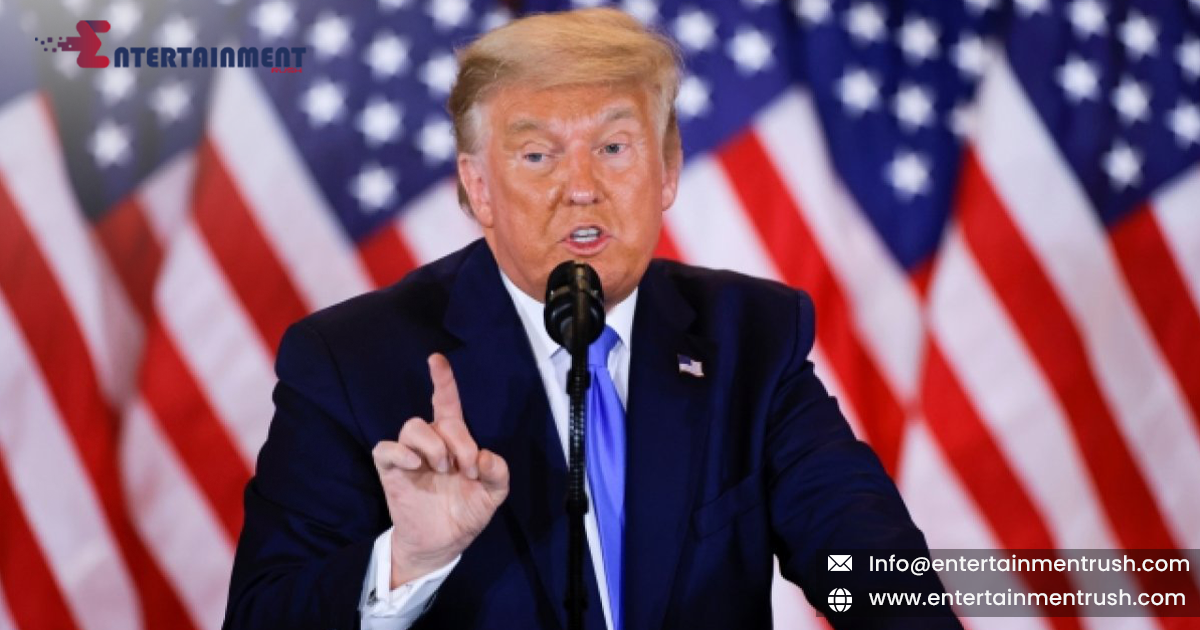In recent years, the term “Trumpism” has become synonymous with a political movement that has profoundly altered the landscape of American politics. While the rise of Donald Trump’s political influence is often attributed to his unexpected victory in the 2016 presidential election, it is his post-presidency years that have sparked the most significant shifts. So, the question arises: is Trumpism reshaping U.S. politics, or is it merely a reactionary movement with limited staying power?
Trumpism is characterized by a blend of populist rhetoric, right-wing nationalism, and a direct challenge to the traditional political establishment. Its emphasis on nationalistic policies, strict immigration controls, anti-globalism, and a disregard for political correctness has resonated with millions of Americans, many of whom feel disillusioned with the status quo. But the question of whether this movement is reshaping U.S. politics on a broader scale depends on several factors.
A Shifting Republican Party
The most obvious impact of Trumpism is the transformation of the Republican Party. Under Trump, the GOP has increasingly embraced populist rhetoric, prioritizing issues like immigration reform, American-first economic policies, and skepticism of traditional institutions. Trump’s influence has effectively purged moderate voices from the party, with candidates vying for office needing to align themselves with his platform to gain traction within the Republican base. This ideological shift has led to the rise of more hardline conservative figures and a widening divide between traditional Republicans and those who now identify with Trumpism.
The Republican Party’s focus on cultural and identity issues has also intensified under Trumpism. Topics like abortion, critical race theory, and election integrity have taken center stage, pushing many Republicans to adopt more populist stances to energize their base. This shift has led to growing polarization, with the GOP’s rhetoric and policies diverging sharply from the more centrist positions that once defined the party.
A New Political Divide
Trumpism has also deepened the political divide within the country. While President Trump’s rhetoric galvanized millions, it simultaneously alienated many others. The polarization between conservative and liberal viewpoints has intensified, creating a political environment where compromise and bipartisanship seem increasingly rare. Trump’s unapologetic stance against political elites, media, and even fellow Republicans has further entrenched political tribalism, making it more difficult for lawmakers to cooperate across party lines.
The rise of Trumpism has also emboldened a new generation of politicians, not just on the right, but also on the left. Progressive movements such as those championed by figures like Bernie Sanders have gained more traction as a direct counter to Trump’s policies. The pendulum has swung in both directions, with populism gaining strength in different forms across the political spectrum.
The Influence of Media and Technology
Trump’s relationship with the media has been one of the defining features of his political brand. His direct, unfiltered communication with his supporters via social media—especially Twitter—allowed him to bypass traditional news outlets and directly address the American public. This strategy not only helped him control the narrative but also contributed to a breakdown in the traditional gatekeeping role that the media once held.
However, with Trump’s social media presence now less prominent after his ban from Twitter and other platforms, alternative media outlets have surged in popularity. Networks like Fox News, One America News Network (OANN), and Newsmax have become increasingly influential in shaping the political discourse. These outlets, often sympathetic to Trump’s brand of politics, have helped to cement his influence over a large portion of the electorate.
This rise in alternative media sources, combined with growing concerns over misinformation, means that Trumpism has created a new dynamic where public discourse is shaped by fragmented and polarized media. The implications of this shift are far-reaching, as it challenges traditional institutions and the way in which political information is consumed.
The Legacy of Trumpism
While Donald Trump may no longer hold the presidency, the influence of Trumpism is likely to endure for years to come. His ability to mobilize voters, shape policy debates, and reshape the GOP means that his political influence remains a central force within American politics. Trump’s brand of populism and nationalism has left an indelible mark, even as political figures both inside and outside the Republican Party continue to align themselves with his ideals.
However, the long-term impact of Trumpism will depend on whether his vision can continue to resonate with the electorate as demographic shifts occur and the political landscape evolves. As America becomes more diverse, issues of race, immigration, and inequality may take on new significance in political debates, potentially challenging the populist rhetoric that has defined Trumpism.
In many ways, Trumpism has reshaped U.S. politics by challenging established norms, dividing the electorate, and creating a more populist, nationalist political environment. Its influence can be seen in the Republican Party’s dramatic shift toward the right, the deepening polarization between the political left and right, and the new role of alternative media in shaping public opinion. While it remains to be seen whether this movement will continue to dominate U.S. politics in the long term, it is clear that Trumpism has left a lasting impact on the American political landscape.
